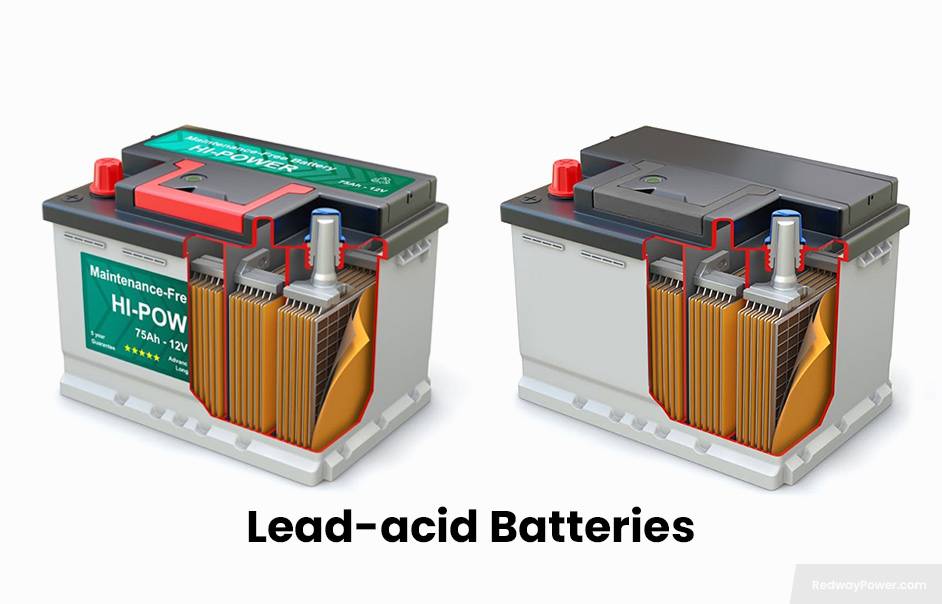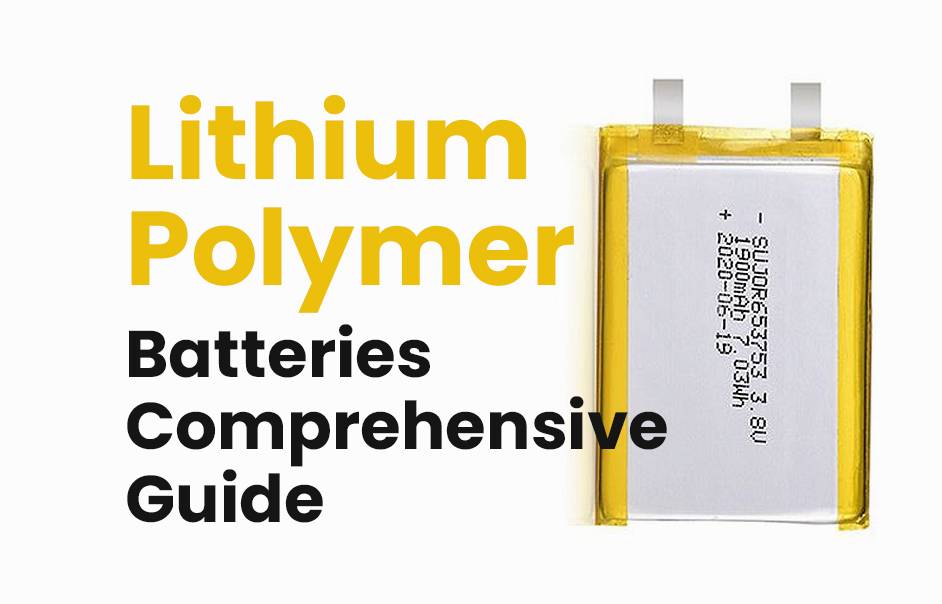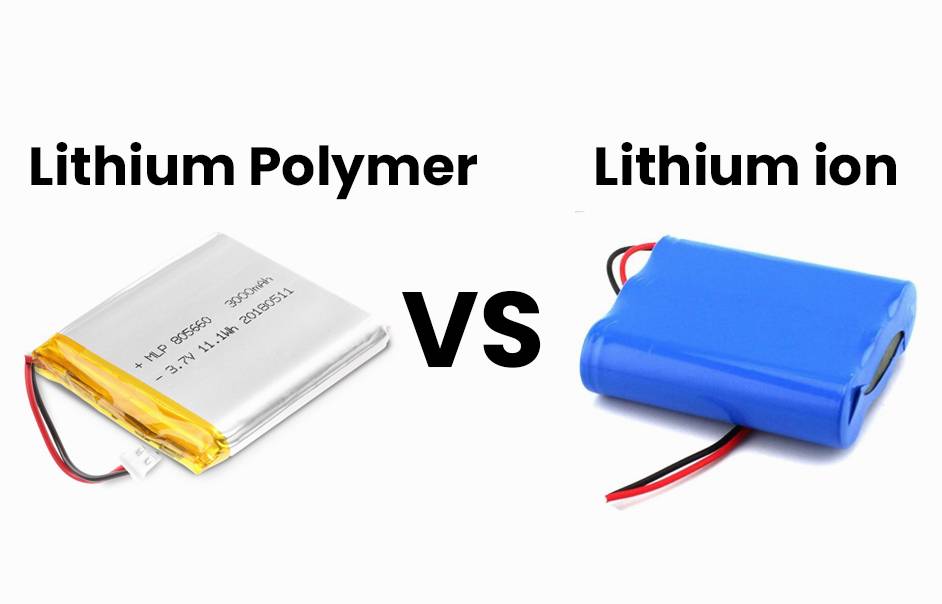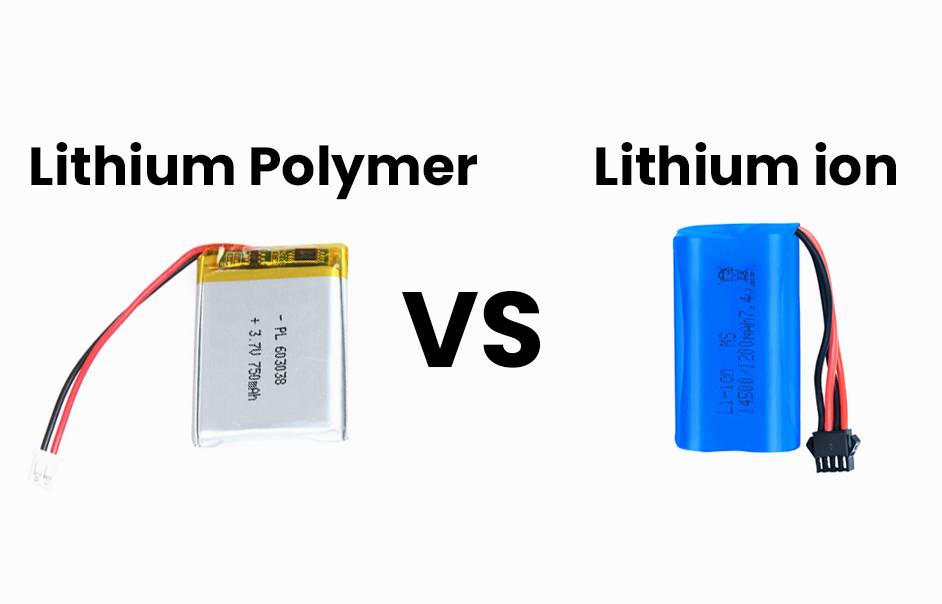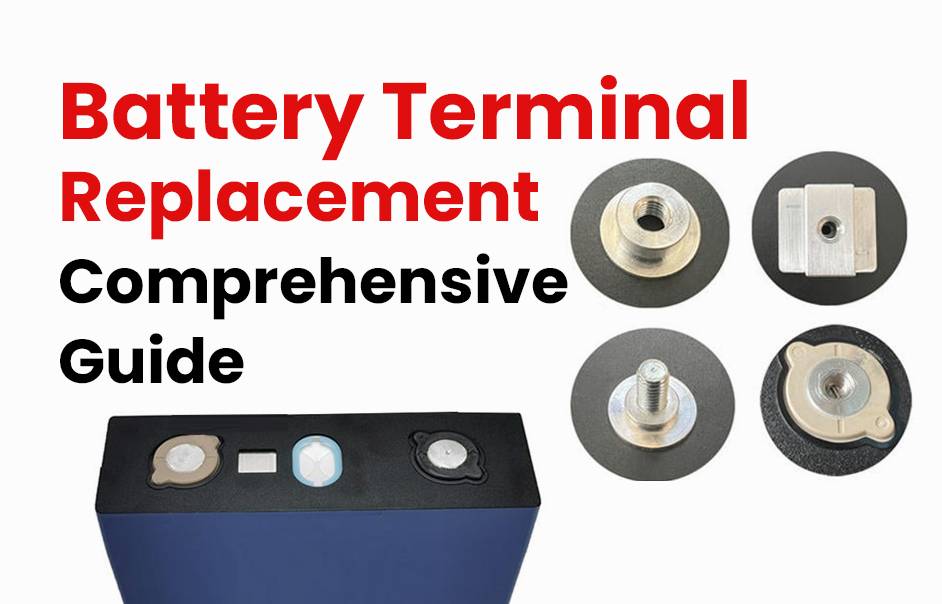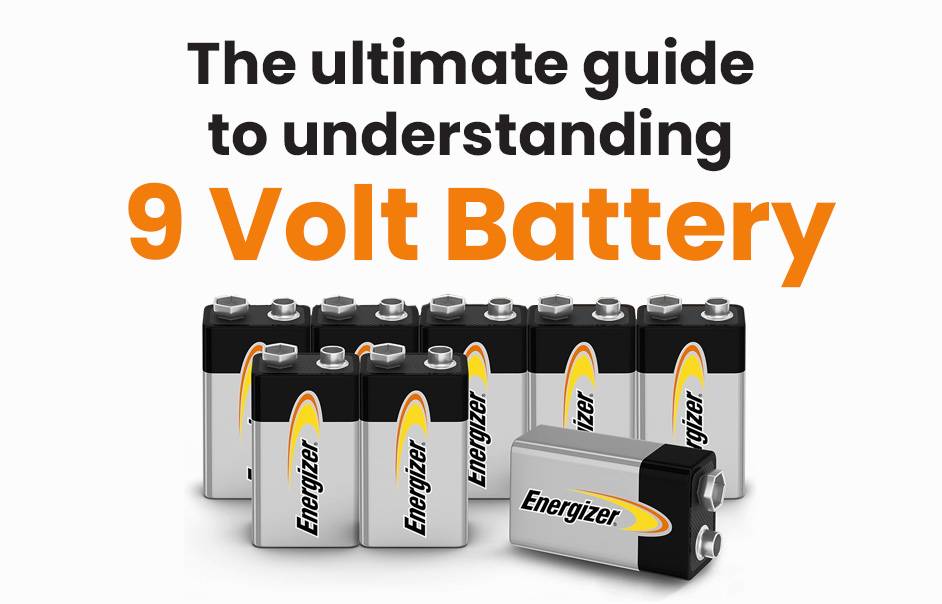- Forklift Lithium Battery
- Golf Cart Lithium Battery
- Rack-mounted Lithium Battery
51.2V 100Ah Rackmount LiFePO4 Battery
8000 times (80% DOD 0.5C)
Optional SNMP for TELECOM - Car Starter Battery
- 12V LiFePO4 Battery
12V 150Ah Lithium RV Battery
Bluetooth App | Self-heating
LiFePO4 | Group 31
UL 1642 | IEC 62619 - 24V LiFePO4 Battery
- 36V LiFePO4 Battery
- 48V LiFePO4 Battery
- 60V LiFePO4 Battery
60V 100Ah Lithium Battery (AGV, AMR, LGV)
Peak Discharge Current 400A
500 x 298 x 349 mm - 72V~96V LiFePO4 Battery
72V 100Ah Lithium Golf Cart Battery
Peak Discharge Current 315A (10S)
740 × 320 × 246 mm - Wall-mounted Lithium Battery
51.2V 100Ah 5kWh
Wall-mounted Battery532 x 425 x 170 mm / LiFePO4
>8000 Cycles (80% DOD 0.5C)
RS485 / CAN-bus
for Solar Home ESS - Home-ESS All-in-One
51.2V 32kWh
All-in-On HESS SystemPowerAll
51.2V / LiFePO4
>8000 Cycles (80% DOD 0.5C)
RS485 / CAN-bus / WiFi
All-in-One for Home ESS
How Do I Choose the Right Amp-Hour (Ah) Battery?
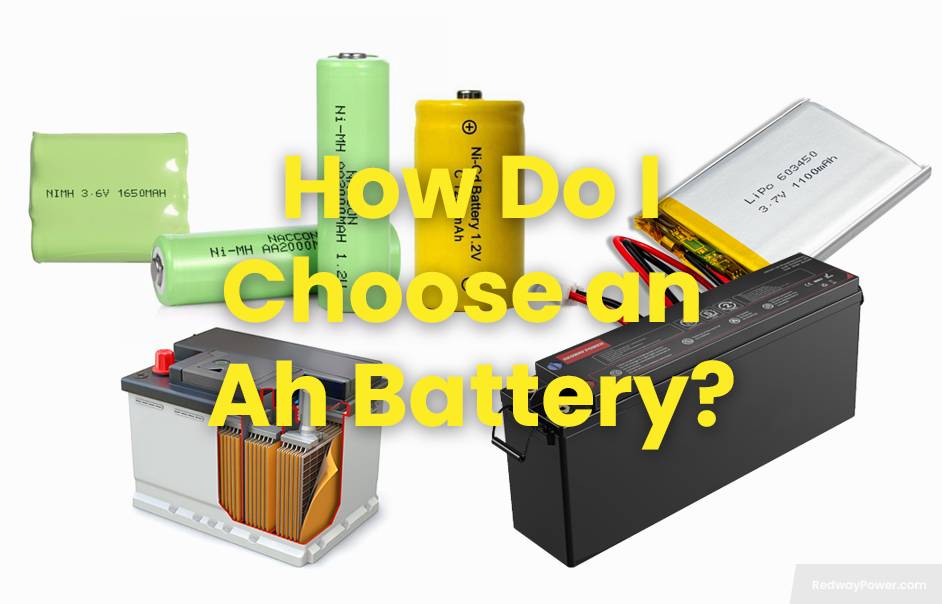
Choosing the right amp-hour (Ah) battery is crucial for ensuring that your devices operate efficiently and reliably. The Ah rating indicates how much energy a battery can deliver over time, making it essential to match this rating with your specific power needs. This article provides detailed guidance on selecting the appropriate Ah battery.
What is an Ah rating and why is it important for battery selection?
The amp-hour (Ah) rating measures a battery’s capacity to deliver a specific amount of current over time. For example, a 100Ah battery can theoretically provide 100 amps for one hour or 50 amps for two hours. Understanding the Ah rating is vital because it directly affects how long your devices will run before needing a recharge.Understanding Ah Chart
| Rating | Explanation |
|---|---|
| 20Ah | Suitable for small devices like smartphones |
| 50Ah | Good for powering medium-sized electronics |
| 100Ah | Ideal for larger applications such as RVs or boats |
| 200Ah | Commonly used in solar energy systems |
How do I assess my power needs when choosing an Ah battery?
To determine your power needs, consider the following steps:
- Identify Devices: List all devices you plan to power with the battery.
- Calculate Total Power Draw: Add up the wattage of all devices.
- Estimate Usage Duration: Determine how long you need each device to run.
For instance, if you have a device that consumes 50 watts and you want it to run for 5 hours, you would need at least a 50 watts×5 hours12 volts≈21 Ah battery.
What factors should I consider when selecting an Ah battery?
When choosing an Ah battery, consider these key factors:
- Application: Different applications require different capacities.
- Weight and Size: Higher Ah ratings often mean larger and heavier batteries.
- Battery Chemistry: Different chemistries (like lithium vs. lead-acid) have varying characteristics.
Factors Chart
| Factor | Consideration |
|---|---|
| Application | Determine specific use cases |
| Weight & Size | Balance capacity with portability |
| Battery Chemistry | Choose based on performance requirements |
How does depth of discharge (DoD) impact my battery choice?
Depth of discharge (DoD) refers to how much of a battery’s capacity has been used. For example, if you have a 100Ah battery and use 30Ah, your DoD is 30%. Different batteries handle DoD differently:
- Lead-Acid Batteries: Typically recommended to not exceed 50% DoD to prolong lifespan.
- Lithium Batteries: Can often be discharged up to 80-90% without significant damage.
Understanding DoD helps in selecting a suitable capacity based on your usage patterns.
How does voltage compatibility influence my choice of battery?
Voltage compatibility is critical because using a battery with incorrect voltage can damage your devices or result in inefficient operation. Always ensure that:
- Voltage Matches: The voltage rating of the battery matches your device’s requirements.
- System Compatibility: Consider whether your system can handle different voltages if switching types.
For example, if your device operates at 12V, using a 24V or lower voltage may lead to malfunction or damage.
What are the long-term cost considerations when selecting a battery?
While upfront costs are important, consider these long-term factors:
- Lifespan: Higher-quality batteries may cost more initially but last longer, reducing replacement frequency.
- Maintenance Costs: Some batteries require more maintenance than others, impacting overall costs.
- Efficiency: More efficient batteries can save money on energy costs over time.
Investing in a quality lithium-ion battery may have higher initial costs but can lead to savings in maintenance and replacements in the long run.Tips for Battery Wholesale Buyers
For those interested in OEM orders or wholesale purchases of batteries, consider these key points:
- Quality Assurance: Choose manufacturers known for their reliability and product quality.
- Compatibility Checks: Ensure that batteries meet specific requirements for performance and safety.
- Cost Efficiency: Compare prices across suppliers for competitive rates.
Redway Power, a reputable lithium battery manufacturer with over 13 years of experience, is an excellent choice for wholesale buyers seeking dependable products.
Redway Power Expert Views
“Choosing the right amp-hour rating is essential to ensure that your devices perform optimally without running out of power,” states an expert from Redway Power. “Understanding your specific needs and considering factors like DoD and efficiency will guide you in making the best choice.”
FAQ Section
- What does an amp-hour rating indicate?
An amp-hour rating indicates how much current a battery can deliver over time; higher ratings mean longer usage before recharging. - Can I use any voltage with my device?
No, always match the voltage of the battery with your device’s requirements to avoid damage. - How do I calculate my power needs?
List all devices, calculate their total wattage, and estimate how long they will run to determine required amp-hours.

















